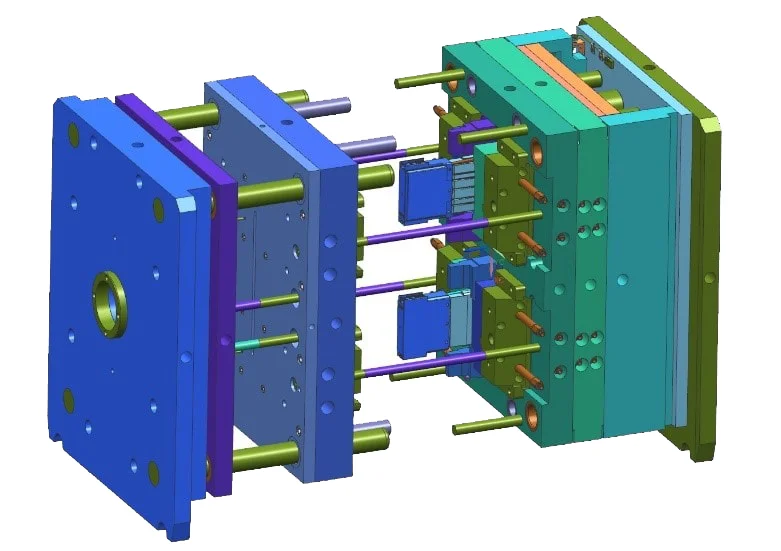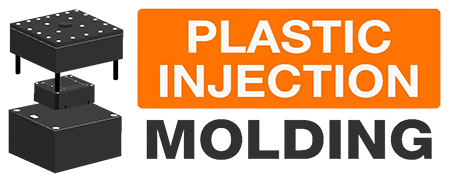Avoid These 9 Mistakes During Injection Molding Mold Design Process

Introduction to injection mold designs:
The manufacturing, feel, and look of a product are the main concerns of the injection mold designs, as they are with other industrial design processes. The entire industrial design process, in contrast to engineering services, lays more attention on a product's visual beauty and assembly efficiency than it does on its function. With fewer molds and fewer faults, Plastic Injection Molds' effective injection moulding designs can produce things in huge quantities. Poorly designed injection molds produce brittle, defective products that are usually also unusable.
What is design for injection molding:
Although there are numerous uses for injection molds, however many is contingent on the material mix. Hardened steel molds offer durable manufacturing options at a premium price. But in addition to lifetime, there are other factors that affect cost. The interconnected parts and overall complexity of the mold in issue greatly raise the cost of its initial fabrication. During the injection molding mold design process, each of a mold's crucial components must be meticulously constructed in order to ensure that it will operate at all, much alone for years to come.
9 Mistakes to avoid during injection molding mold design process:
- Deficiency of venting
On completed products, discoloration can happen when adequate venting is neglected or performed incorrectly in an injection mold. This happens when air gathers and compresses in pockets, where it ignites and burns the substance as it forms.
- Tiny gates, runners, or sprues
The sections closest to a custom industrial moulds’ gates may develop a circular pattern if the gates are too tiny. Gate blush is a deformation of the final result that is frequently made worse by excessive injection velocity.
- Misapplication of Gate Types
There are many different gate types, and using gates that really are unsuitable with the substance being injected or the product's design can lead to a number of problems.
The simplest gate design is a direct gate. These work best when placed in upfront molds with just one cavity. They are well-known for leaving an obvious gate mark once the runner is removed, although they are effective for their intended use.
By offering a larger dispersion area, fan gates reduce strain in the vicinity of the gate. These work well for producing big pieces rather rapidly.
- Disregarding Mold Flow Analysis
Mold flow pattern of injection molds is significant, but sometimes disregarded, aspect to take into account for the best outcomes. This procedure is carried out with the aid of sophisticated software that anticipates probable problems and hazards that may appear given a certain design for injection molding and material selection. Mold flow issues typically lead to flaws like "knit lines". These discoloration-causing lines appear where two different flow fronts collide.
- Ineffective Mold Parting
Material may leak into the spaces between a mold's parts as during injection process if the separating surfaces of a mold are improperly or carelessly constructed. This phenomenon, known as "flash," can, in severe circumstances, render created components useless. Wherever feasible, part designers should provide separating lines on harsh, straight edges to assist prevent this.
- Incorrectly positioned gates
Incorrect placement of gates inside an injection mold can compress and limit the flow of incoming molten material, leading to unwanted outcomes like "jetting."
When molten materials fail to make connection with the mold walls and burst via badly chosen or poorly positioned gates, this is known as jetting. As the mold is filled, weld lines form along the whole piece's structure. These deep-seated lines undermine the entire piece's structural integrity. To avoid this problem during manufacturing injection moulded plastic components, move the gates in your mold.
- Cooling Channel Design Done Carelessly
Without correctly constructed cooling channels, even cooling of molten material put into a mold is nearly hard to handle. Well before mold is opened, these passages give an applied coolant a place to circulate and swiftly cool the formed material. Defects like "sinks," can be caused by poor design in this area.
- Walls that are too thick
Parts of a piece with thick walls are far more likely to develop "voids." Voids resemble inverted sinks in many ways. A portion of the substance will adhere to the surface of the molded part as it compresses and cools if the surface cools quicker at one spot than the remainder of the component during injection molding mold design process.
- Lack of iteration in the design process
Working with the initial design you've finished might frequently provide fairly disappointing outcomes. When your mould is pushed to its limits in simulated production situations, overlooked details of unexpectedly high relevance may suddenly stand out to you. The cornerstone of this crucial procedure are prototypes.
Performance outcomes from prototypes can be enhanced over time. Every new prototype addresses the flaws of the previous one, improving the product's design so that it can withstand the demanding requirements of an industrial moulding production setting.
Endnote:
Compared to machining, injection molding produces less material waste. Although some scrap is still produced throughout this procedure, this extra material is not thrown away and utilized effectively by a prominent mould design company.


